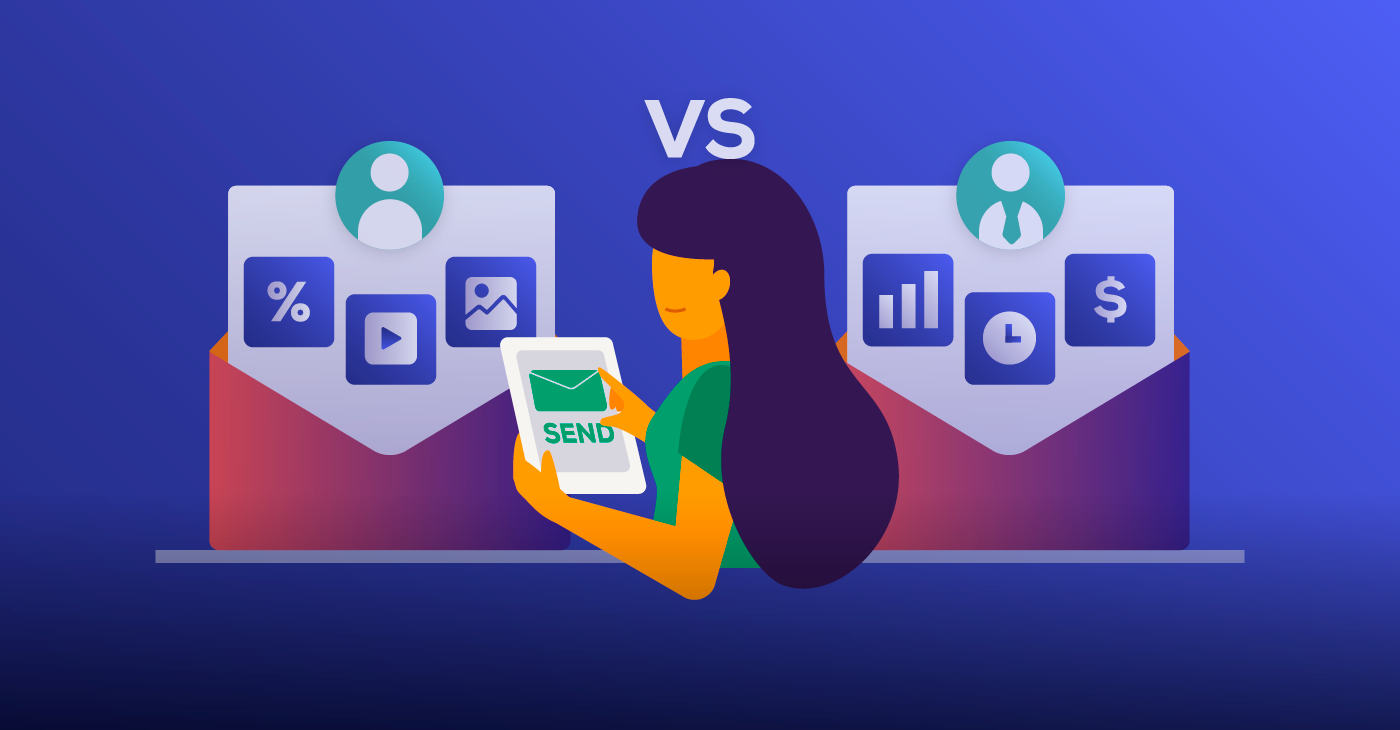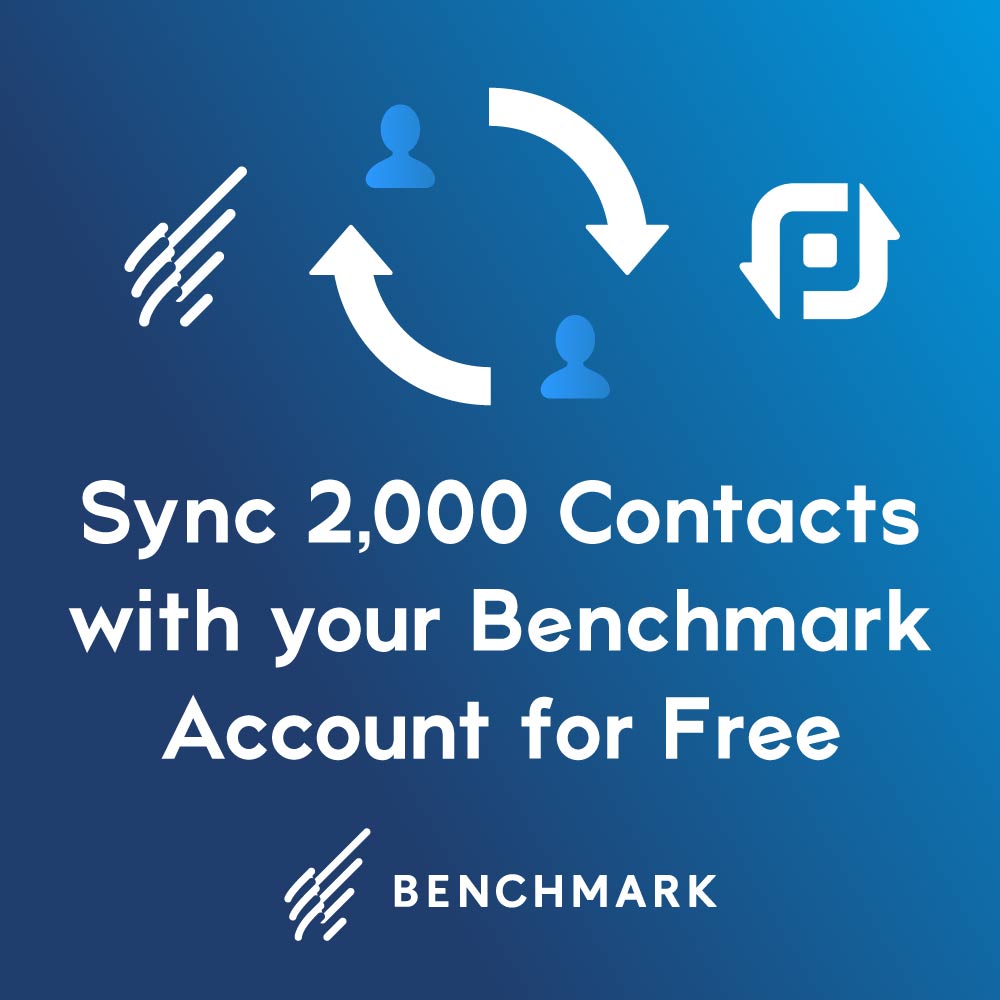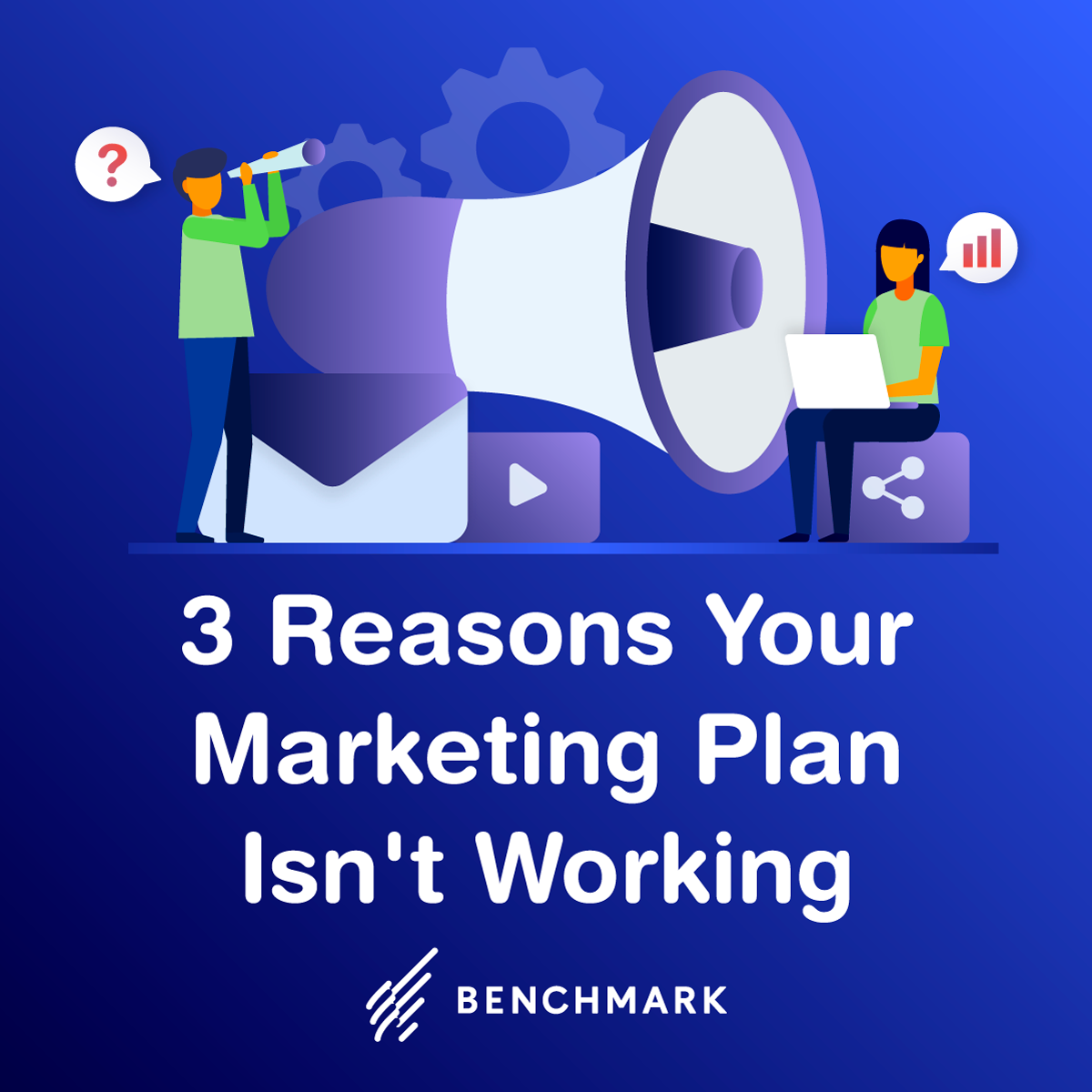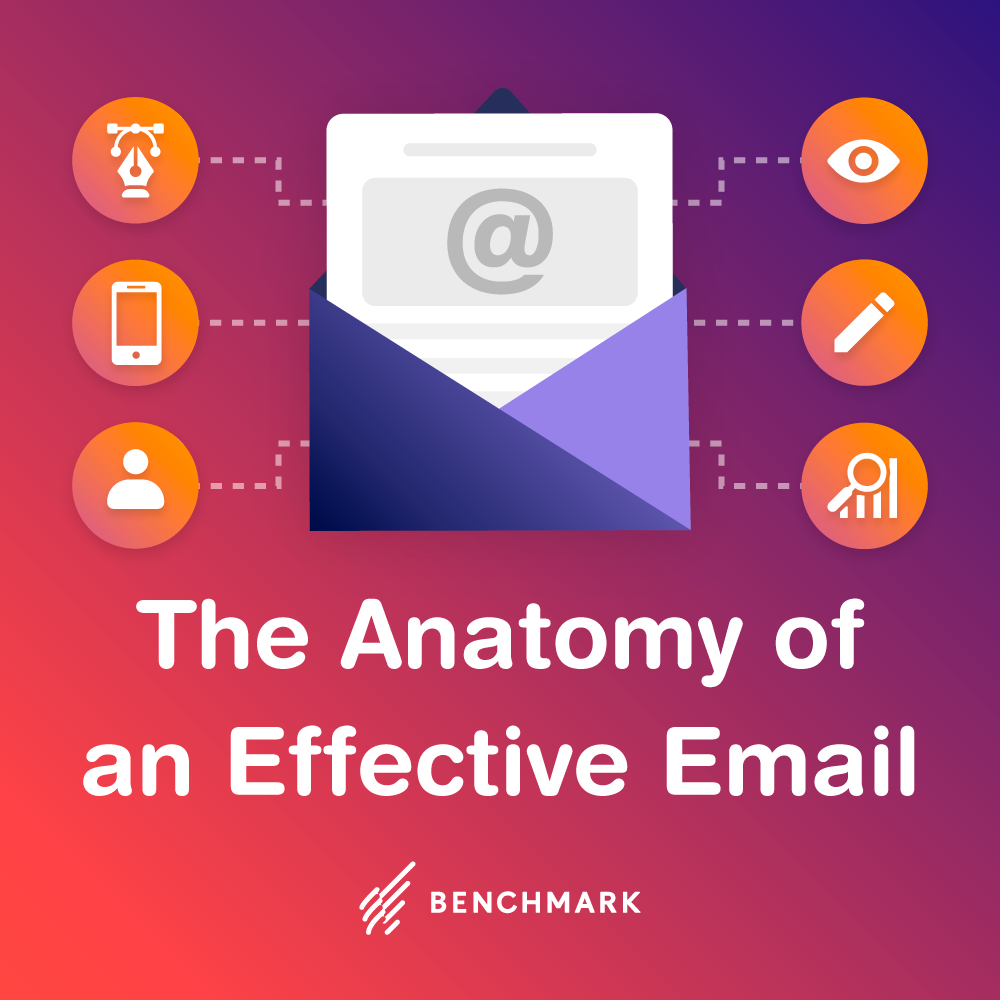

Email + SMS + IM = Seamless Messaging
Seamless Messaging integrates all types of messages – whether they have been sent by SMS, instant message or email. The way it works is that if you are logged on to Facebook when an email arrives at your new @facebook address, you can immediately reply in your Facebook chat window. If the sender is not a Facebooker, then it would be automatically converted and sent as a conventional email.
Conversation History is a messaging thread that is based on the individuals, not the subject. If you have been exchanging emails, SMS and IM with a certain person, you can refer to your Conversation History to review every word that’s gone back and forth, regardless of how it was transmitted. This archival capability can stretch to years so that you can refer to any comment made at any time.
Three Inboxes & You Only Want to Be In the First One
The aspect that most clearly interests and impacts email marketers is the filtering system, as there are now three separate inboxes:
Friends – All messages from the individuals who are on your Facebook Friends List get directly posted into this most visible and highest priority inbox. You have the option of specifying contacts who are not on your official Friends List to be placed into this inbox as well, but the classification has to be done manually and on an individual basis.
Other – All messages from parties that are not sent to your Friends inbox land here. You also have the option of demoting anyone from your Facebook Friends List to the Other inbox if your contact with them is not a priority.
Junk – The current spam inbox.
In essence, this system is not “closed” – it still allows incoming email messages to arrive – but it presents a completely new set of challenges to email marketers. Simply receiving permission to send email messages will mean little, as the messages will never arrive into the top priority Friends inbox unless the subscriber manually enters your company’s information into the system to allow your messages in.
Can the Other Inbox Compete with Friends?
Facebook has just launched this system and plans to roll it out over the next few months, so no consumer usage statistics are currently available on how Facebookers will make use of this system. A very critical metric will be the percentage of attention that each inbox receives. For example, if the Friends inbox gets 90% of attention and Other garners only 10%, this could translate to a considerable attrition in open and resultant clickthrough rates. However, if the Other inbox is able to compete for the user’s attention in a more equitable manner, then the impact on overall email campaigns might well be negligible.
Email Marketers Must Become Part of The Family
In the very near future, the focus for email marketers could shift towards “becoming part of the family” for their @facebook customers through ever increased relevance, appeal and bilateral communication. If your brand is allowed into the “social bubbles” of these subscribers, then the osmotic infiltration throughout their social sphere could yield remarkable marketing results. Being shut out of the bubble, however, could have equally powerful results… albeit on the negative side.
Though Facebook CEO Mark Zuckerberg admits they hardly expect people to wake up tomorrow and shut down their traditional email accounts in favor of using an @facebook address exclusively, Facebook has more than 600 million users, outnumbering Hotmail and Gmail combined. The mere prospect of moving or incorporating the emails of the equivalent of twice the USA’s population onto a fully social networking universe is possibly a seismic shift in the history of email marketing. Shrewd and forward-thinking email marketers will be able to profit handsomely from this new landscape by converting their current efforts into an ever more “social” pattern.




